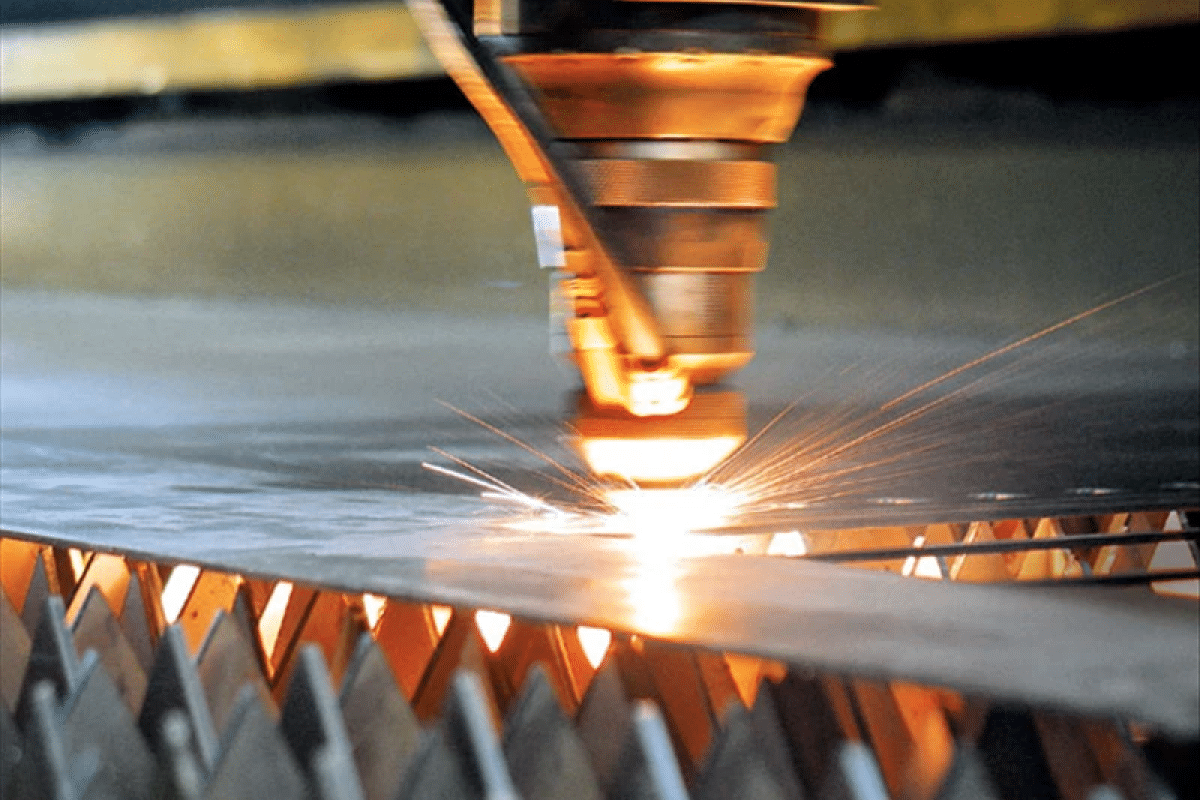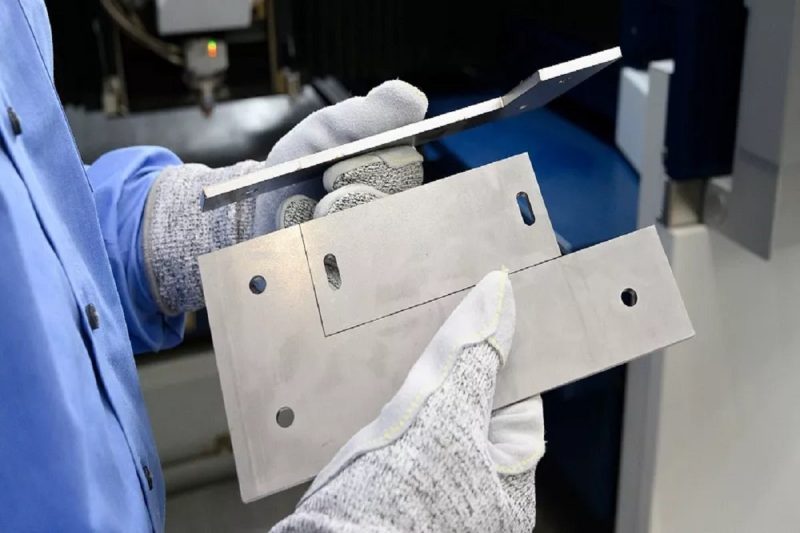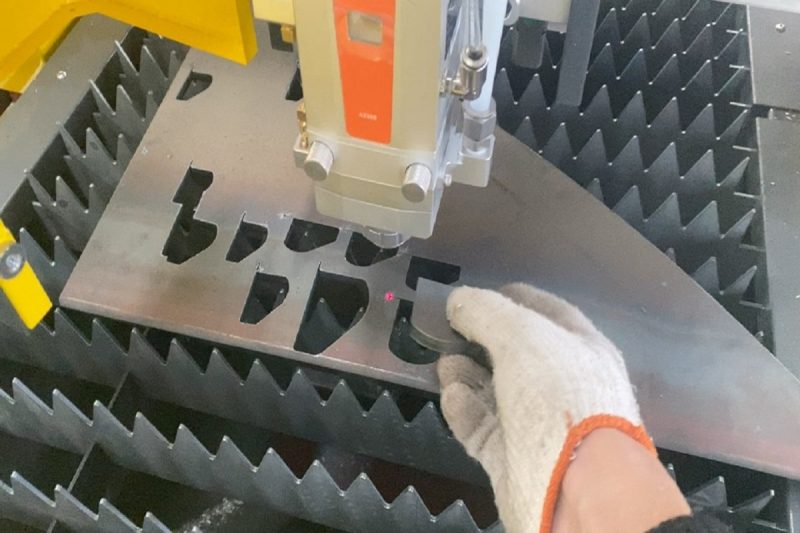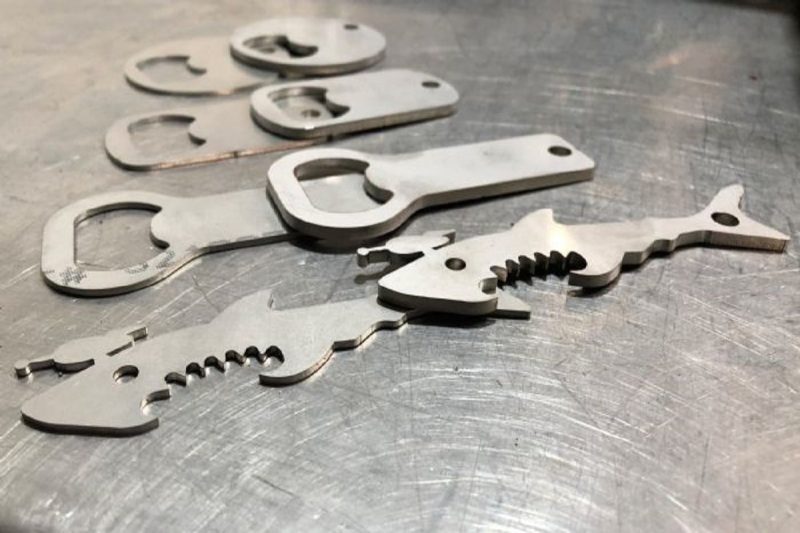

Laser safety standards and class classification
Laser safety standards
Internationally, laser safety standards are mainly formulated and managed by the International Electrotechnical Commission (IEC) and the American National Standards Institute (ANSI). These standards are designed to ensure that laser equipment is designed, operated, and maintained to meet safety requirements. Here are some important laser safety standards:
- IEC 60825 series of standards: This series of standards defines safety requirements for laser equipment, including classification, labeling, operation, and maintenance requirements for laser generators. IEC 60825-1 is the core standard and defines the classification and safety requirements for laser generators.
- ANSI Z136 series of standards: The American National Standards Institute (ANSI) has developed a series of standards related to laser safety, including the ANSI Z136.1 standard, which is related to the safe use and operation of lasers.
Laser Classification
Laser class classification defines the hazard level of a laser generator based on its output power, wavelength, and potential hazards. The following are common laser grade classifications:
- Class 1 Laser Generator: This is the safest class of laser and is usually enclosed, meaning the laser generator’s radiation levels are low enough not to cause harm to human eyes or skin under normal operation.
- Class 2 Laser Generator: This class indicates that the laser generator is a visible laser, such as a red laser, but may cause harm to the eyes only when exposed to the eyes for a very short time (usually less than 0.25 seconds).
- Class 3R laser generator: This level indicates that the radiation from the laser generator may be harmful to the eyes and will not affect the skin. It usually requires a longer period of exposure to cause harm.
- Class 3B Laser Generator: This class of laser generator has high power and potential hazards, causing serious damage to the eyes and skin. Special safety measures are required when operating this type of laser generator.
- Class 4 laser generator: This is the most dangerous class of laser, with high-power laser output that is extremely harmful to eyes and skin. Class 4 laser generators require highly specialized operation and protective measures.

What are the main hazards of laser-cutting machines?
Radiation Hazards
The working principle of laser cutting machines involves the focusing and use of high-energy laser beams, which makes radiation hazards a major concern. Laser radiation is in the form of high-energy photons and has the following specific hazards:
- Eye damage: Laser radiation is particularly dangerous to the human eye. Laser beams can cause retinal burns, and even short-term exposure to laser radiation can cause serious eye damage.
- Skin burns: In addition to harming the eyes, laser radiation may also cause skin burns. This danger is particularly acute when operating high-power laser cutting machines, as the radiation can instantly heat the skin surface to high temperatures.
- Other potential hazards: Laser radiation may also cause damage to other body tissues and organs, especially if the operator does not have the correct personal protective equipment (PPE).
Chemical Hazards
Laser-cutting machines often produce chemical hazards during the material-cutting process. These hazards include:
- Toxic gas release: When laser cutting metal, harmful gases such as nitrogen oxides and iron oxide vapor may be produced. These gases pose hazards to the human respiratory system and health, especially in closed working environments.
- Hazardous dust and vapor: Harmful dust and vapor may also be generated during the laser cutting process. These dust and vapor may contain harmful metals, compounds, or chemicals, which are harmful to the respiratory system and skin.
- Handling of toxic materials: Laser cutting machines are often used to process a variety of materials, including materials containing toxic substances. Handling these materials may release harmful gases and dust.
Mechanical Hazards
In addition to radiation and chemical hazards, laser-cutting machine operation is also accompanied by mechanical hazards:
- Rotary movement of the cutting head component: Laser cutting machines usually include a cutting head component that undergoes rapid movement. If you accidentally operate or come into contact with these moving parts, serious injury may occur to the human body.
- Material splashing and kickback: During the cutting process, material may splash. These splashes may injure the operator or other personnel. In addition, laser cutter kickback can also pose a hazard to the operator.
Noise hazard
Noise hazard is one of the hazards that is often overlooked in laser cutting machine operation:
- Noise level: Laser cutting machines produce noise during operation, especially in high-power machines. Long-term exposure to high noise levels can cause hearing loss and other health problems.
- Health effects: Working in high-noise environments can cause stress, anxiety, and other health problems in workers and reduce work efficiency.

How to avoid the above hazards?
Preventive measures
- Personal Protection: Operating a laser generator requires the operator to use some basic safety equipment, including protective glasses, gloves, protective clothing, and a safety respirator (mask) to protect against harmful fumes. Take safety glasses for example, although you won’t be looking directly into the beam, any scattered or reflected light could be dangerous to your eyes. When choosing the right glasses, you need to consider wavelength and optical density (OD). A personal protection plan also includes training individuals on the proper use and maintenance of personal protective equipment (PPE).
- Regular maintenance and inspection: Laser cutting machines should be maintained and inspected regularly to ensure their normal operation and safe performance. Some of the key maintenance tasks include lens and lens cleaning, cooling system maintenance, checking beam alignment and parts replacement, etc. By regularly checking the electrical system, testing the safety system, and calibrating the optical system, problems with the laser cutting machine can be discovered and solved in time.
- Get professional training: Professional training is essential for those who operate laser cutting machines. Operators must receive safety training and have an in-depth understanding of laser technology, machine operation, safety procedures, and emergency measures to ensure proper operation of the equipment. and continue to receive regular training to keep up with the latest safety standards and technologies.
- Environmental control: Controlling the working environment is also a key factor in ensuring safety when operating a laser cutting machine, including installing ventilation systems, protective devices, and gas extraction devices. For example, install an effective ventilation system in the work area to quickly discharge potentially harmful gases and dust to ensure the safety of operators and the environment.
- Waste Disposal: Waste may be generated during the laser cutting process, including scrap and chemical waste. Proper waste disposal is vital to ensure safety and environmental protection. It mainly includes waste classification, waste storage and disposal, and hazardous waste treatment.
Regulations and Compliance
- International, national, and local regulations have certain safety regulations and standards for laser-cutting machines. Complying with relevant safety regulations and standards is the key to ensuring the safe operation of laser-cutting machines. Companies should develop and strictly enforce internal security policies to ensure that all operations comply with laws, regulations, and industry standards.
Summarize
- [email protected]
- [email protected]
- +86-19963414011
- No. 3 Zone A, Lunzhen Industrial Zone,Yucheng City , Shandong Province.
